#DecentralizedNetwork
Explore tagged Tumblr posts
Link
#Bitcoinmininginnovation#DecentralizedNetworks#Emergingmarketinfrastructure#Energyoptimizationalgorithms#Grid-stabilizationtechnology#Modularoperatingsystems#operationalefficiency#renewableintegration
0 notes
Link
In an ever-evolving digital landscape, J.Bee.com stands out as a revolutionary platform that embodies the true potential of Web3 technology. But what exactly is J.Bee.com, and why should you care? Let’s delve into what makes this platform a game-changer and explore the myriad benefits of its solid project foundation.
What is J.Bee.com?
J.Bee.com is a leading Web3 portal dedicated to integrating GameFi, SocialFi, and various decentralized applications to create a comprehensive ecosystem for users and developers alike [1]. This platform leverages blockchain technology to offer secure, decentralized, and transparent solutions, making it a hub for innovation and collaboration in the Web3 space.
Benefits of a Solid Project at J.Bee.com
Decentralization: At its core, J.Bee.com operates on the principles of decentralization, ensuring that no single entity has control over the network. This fosters a trustless environment where users can interact and transact without intermediaries, enhancing security and transparency [3].
Collaborative Ecosystem: The Bee Network, as highlighted in its white paper, functions like a hive, where every participant's contribution is crucial. This collaborative approach not only drives innovation but also ensures that the network continually evolves and improves [4].
Engagement and Education: By bringing together a variety of Web3 applications, J.Bee.com engages users in new and exciting ways. Whether through GameFi, which combines gaming and finance, or SocialFi, which integrates social networks with decentralized finance, the platform offers numerous opportunities for learning and growth [1].
Growth Services: J.Bee.com is dedicated to helping Web3 projects worldwide achieve their growth potential. By providing a robust platform for interaction and development, it supports projects from inception to execution, ensuring they reach their target audience and succeed in the competitive Web3 market [6].
Innovative Solutions: The platform's focus on integrating the latest technologies and trends in the blockchain space ensures that users always have access to cutting-edge solutions. This commitment to innovation keeps the community engaged and constantly pushing the boundaries of what’s possible [1].
Joining Bee.com means being part of a vibrant, forward-thinking community that values collaboration, innovation, and growth. Don’t miss out on the opportunity to be at the forefront of the Web3 revolution. Join J.Bee.com today and experience the future of decentralized technology!
0 notes
Link

0 notes
Text
The Future of the Internet: Decentralized Networks and Crowdsourced Content
#MDA2009 #Week8
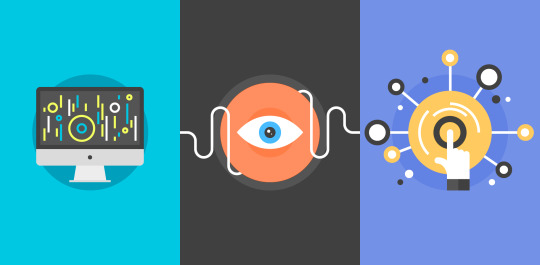
Introduction
As we navigate the digital landscape of the 21st century, the internet is undergoing a transformation. Decentralized networks are gaining traction, promising to reshape the way we access and share information. In this blog post, we'll explore the potential of decentralized networks and their role in emphasizing crowdsourced content and information, ultimately asking the question: Will decentralized networks become a bigger, more mainstream part of the internet?

Understanding Decentralized Networks
A Paradigm Shift
Before we delve into the future, it's important to understand what decentralized networks are and why they matter. These networks operate in stark contrast to the centralized model adopted by internet giants like Facebook and Google. In decentralized networks, control, and data management are distributed across a multitude of nodes, each acting as a mini-server contributing to the network's functionality (Alshaar 2023).
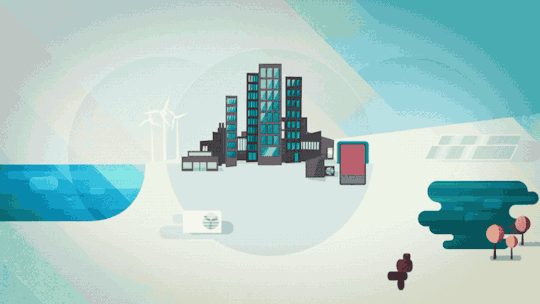
The Promise of Decentralization
Redefining Internet Principles
Decentralized networks offer a world of promises, including:
User Empowerment:
A fundamental shift of power back into the hands of users. With decentralized networks, individuals have more control over their data and digital identity.
2. Resilience:
These networks are inherently resilient to censorship and technical failures, thanks to their lack of a single point of control.
3. Enhanced Security:
Enhanced security through cryptographic protocols and peer-to-peer communication.
(Dick-Sagoe 2019)
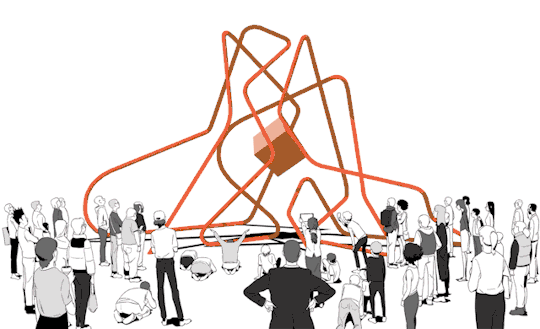
Blockchain's Role in Decentralized Networks
The Foundation of Trust
Blockchain technology plays a pivotal role in many decentralized networks. It provides transparency and trust in transactions and data. Platforms like Ethereum and Polka dot are redefining the way information and content are exchanged, promising a more secure and transparent internet (Sarmah 2018).
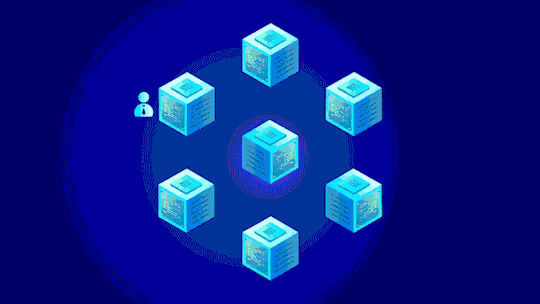
Crowdsourced Content: The Heart of Decentralization
Community-Driven Information
Central to the concept of decentralized networks is the idea of crowdsourced content. Here's how it works:
1. Content Creation:
Users actively contribute by creating content in various forms, such as articles, videos, or applications.
2. Validation:
Instead of relying on centralized authorities, content is validated and curated by the community itself, ensuring a more democratic process.
3. Rewards:
Rewards*: Contributors are often rewarded with cryptocurrencies or tokens for their contributions, creating an incentive for quality content.
(Wazny 2017)

Challenges of Crowdsourcing
Ensuring Quality and Reliability
While crowdsourced content has immense potential, it also poses some challenges:
Quality Control:
Maintaining quality and accuracy can be a challenge when there is no centralized authority to fact-check information.
2. Misinformation:
The risk of spreading misinformation when there are no centralized gatekeepers to verify content.
3. Incentives:
Designing effective incentive mechanisms to encourage quality contributions and prevent spam.
(Bhatti, Gao & Chen 2020)
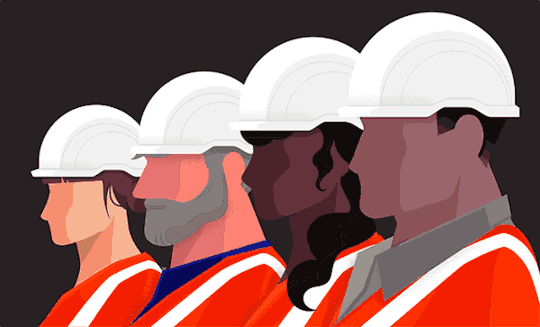
The Road Ahead: Mainstream Adoption
Can Decentralized Networks Go Mainstream?
The million-dollar question is whether decentralized networks will become a mainstream part of the internet. Several factors play into this:
User Adoption:
The more users embrace decentralized platforms, the closer they come to mainstream recognition.
2. Regulatory Challenges:
Government regulations and policies will play a significant role in shaping the future of decentralized networks.
3. Integration with Existing Services:
The ease with which decentralized networks integrate with the services we already use is crucial for their adoption.
(Kremenova & Gajdos 2019)

Conclusion
Shaping the Internet of Tomorrow
The rise of decentralized networks has the potential to redefine the very fabric of the internet. Emphasizing crowdsourced content and information, these networks may lead us towards a more democratic and user-centric digital environment. Yet, challenges remain, and the future of decentralized networks is uncertain. The journey towards decentralization may be slow and filled with hurdles, but it is a path worth exploring.
As users, we have the power to influence this transformation by embracing the principles of decentralization, supporting projects that align with these values, and actively participating in the creation of a more open and equitable internet.
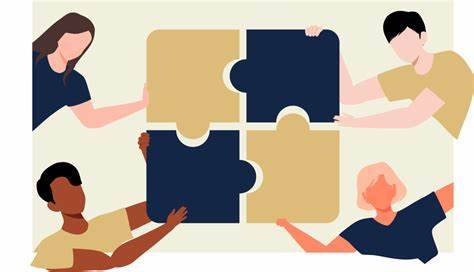
List of References
Alshaar, AM 2023, 'Exploring the digital landscape: Opportunities, challenges, and strategies in digital entrepreneurship', International Journal of Entrepreneurship, vol. 27, no. 4, viewed 31 October 2023, <https://www.researchgate.net/publication/371540338_Exploring_the_Digital_Landscape_Opportunities_Challenges_and_Strategies_in_Digital_Entrepreneurship>.
Bhatti, SS, Gao, X & Chen, G 2020, 'General framework, opportunities and challenges for crowdsourcing techniques: A comprehensive survey', Journal of Systems and Software, vol. 167, no. 1, viewed 31 October 2023, <https://www.sciencedirect.com/science/article/abs/pii/S0164121220300893>.
Dick-Sagoe, C 2019, 'Deactualization for improving the provision of public services in developing countries: A critical review', Cogent Economics & Finance, vol. 8, no. 1, viewed 31 October 2023, <https://www.tandfonline.com/doi/full/10.1080/23322039.2020.1804036>.
Kremenova, I & Gajdos, M 2019, 'Decentralized networks: The future internet', Mobile Networks and Application, 6 January, viewed 31 October 2023, <https://link.springer.com/article/10.1007/s11036-018-01211-5>.
Sarmah, SS 2018, 'Understanding blockchain technology', Computer Science and Engineering, vol. 8, no. 2, viewed 31 October 2023, <https://www.researchgate.net/publication/336130918_Understanding_Blockchain_Technology>.
Wazny, K 2017, '"Crowdsourcing" ten years in: A review', Journal for Global Health, vol. 7, no. 2, viewed 31 October 2023, <https://www.ncbi.nlm.nih.gov/pmc/articles/PMC5735781/>.
1 note
·
View note
Text
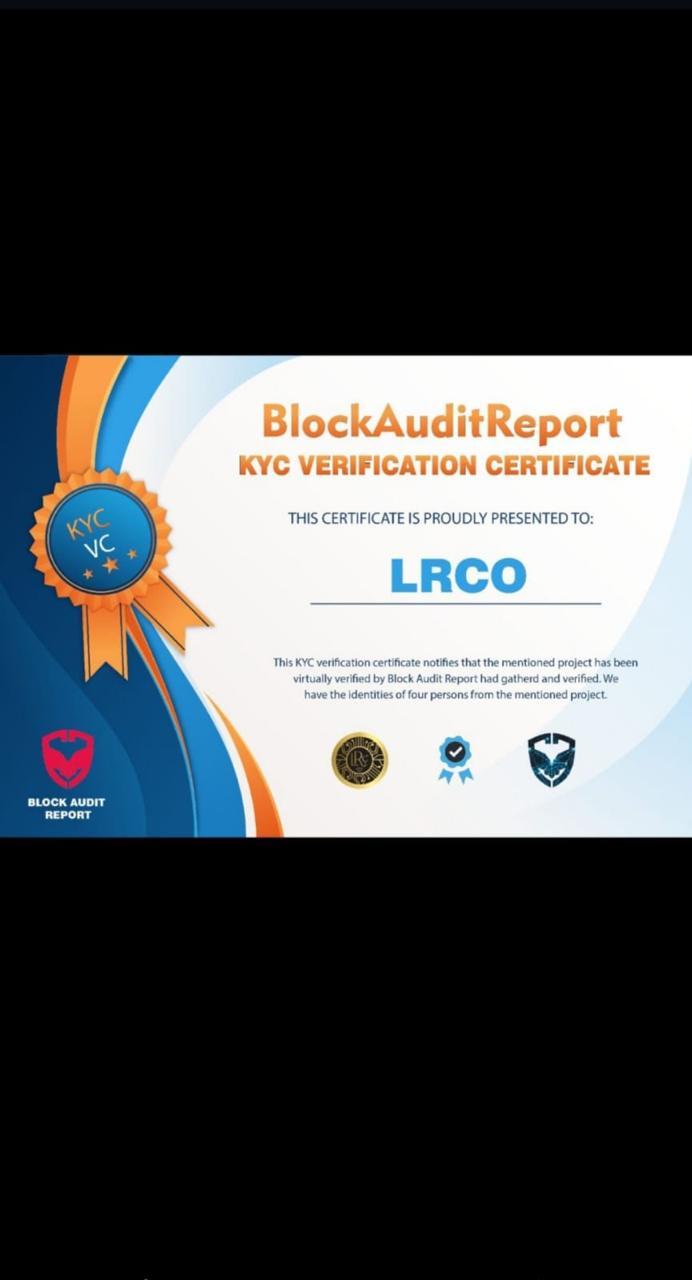
#btc#lrco#ecoener#bnha#energy#automation#cyborg#electronics#binance#presale#nft marketplace#decentralizednetwork
2 notes
·
View notes
Text
Era Swap Network | Design for best in class speed
Are you a Blockchain enthusiast? Want a platform where you can trade cryptocurrency at a high speed & a scaling and secured network? Then, visit Era Swap Network which is a decentralized network designed to give users high scalability, high speed & a secured blockchain network.
Click : https://eraswap.network/
#Eraswap#EraswapNetwork#EraSwapNetworkWhitePaper#DecentralizedNetwork#EraswapEcosystem#EraswapBlockchain#ESNNetwork#ESN
1 note
·
View note
Text
Before Bitcoin

Before Bitcoin, there were several attempts at creating digital currencies, but they were not as successful or widely adopted as Bitcoin. One early example is the digital currency called e-gold, which was launched in 1996 and allowed users to exchange gold-backed digital tokens. e-gold was popular at first, but it eventually faced legal and regulatory challenges, and it is no longer in operation. What was e-gold? E-gold was an electronic payment system that used gold as its medium of exchange. Users could buy, sell, and transfer gold electronically through the e-gold platform, which was backed by physical gold stored in secure vaults. To use e-gold, users first had to open an account and deposit money into it. They could then use their account to make purchases or send money to other e-gold users. E-gold worked by using a decentralized network of servers to track and verify transactions. When a user initiated a transaction, the e-gold system would check their account balance and confirm that they had sufficient funds to complete the transaction. If the transaction was approved, it would be recorded on the e-gold network and the funds would be transferred to the recipient's account. E-gold was popular because it offered fast, cheap, and secure transactions. It was widely used for a variety of purposes, including online gaming, online gambling, and international money transfers. However, e-gold was eventually shut down by the US government in 2009 due to concerns about money laundering and other illegal activities. Another early digital currency was b-money, b-money was an early proposal for a decentralized digital currency and payment system, which was published in 1998 by computer scientist Wei Dai. The b-money proposal was designed to be a decentralized, anonymous, and secure system for making electronic payments, which would be based on cryptographic protocols and peer-to-peer networking. In the b-money system, users would be able to send and receive payments without the need for intermediaries or central authorities. Transactions would be recorded on a decentralized ledger, and the system would be secured by cryptographic techniques. While the b-money proposal was influential and sparked significant interest in the concept of decentralized digital currencies, it was never actually implemented. However, it paved the way for later developments in the field of cryptocurrency, such as Bitcoin, which was released in 2009. Bitcoin, which was created in 2009 by the pseudonymous developer known as Satoshi Nakamoto, was the first decentralized cryptocurrency to gain widespread adoption and has since become the most well-known and influential digital currency. It introduced the concept of blockchain, a decentralized ledger of transactions that is maintained by a network of nodes, and it implemented a proof-of-work consensus algorithm that allows transactions to be securely verified without the need for a central authority. Read the full article
#Bitcoin#blockchain#cryptocurrency#cryptographicprotocols#decentralizednetwork#Digitalcurrency#e-gold#paymentsystem#peer-to-peernetworking
0 notes
Text
Web3 and OpenSea
OpenSea's NFTs marketplace is on the center stage, grabbing massive investments from VCs backing the internet to be more Web3 based.
Read More here - https://www.techconstant.com/web-3/

0 notes
Photo
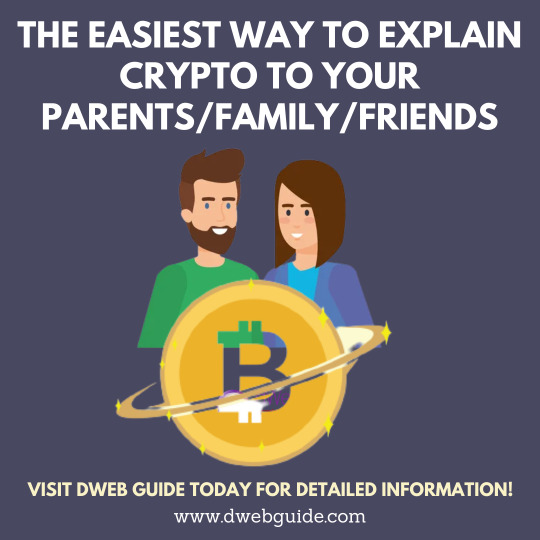
0 notes
Video
youtube
Can You Earn Crypto by Sharing Unused Data? GetGrass Says Yes
Earn Crypto While You Browse: GetGrass Pays You for Your Unused Bandwidth! #crypto #passiveincome #getgrass #cloudcomputing #decentralizednetwork
0 notes
Text
UpSocial Network - We Care For Data Security
97% of the internet runs on 256 bit & 128-bit encryption 🎯
Meanwhile, UpSocial Network works on 1024 bit encryption! 🔥
We care for your #DataSecurity
--------------------------------------------
Follow Us On Telegram: https://t.me/UpSocialNetwork
0 notes
Link
#cryptocurrency#blockchain#cryptotrading#cryptoexchange#cryptopayment#decentralizednetwork#bitcointrading#bitcoinexchange#bitcoin#ecommerce#onlinepayment#digitalpayment
0 notes
Link
ERA SWAP NETWORK (ESN)
0 notes
Link
By acquiring blockchain properties, smart contracts offer immutability and distributed storage. This is the thing that separates them most from traditional agreements. To learn more visit our blog: https://goo.gl/KATXNS
0 notes
Text
Era Swap Network: Get Speed That You Deserve!
Era Swap Network is a Blockchain network designed to benefit the global community where you been a user get the high speed to do p2p exchanges directly and also at the same time as it is a Blockchain network, it is immutable and gives you a highly secured network.
Click :
https://eraswap.network/
or Download
https://play.google.com/store/apps/details?id=com.eraswaponeapp&hl=en_IN
#Eraswap#EraswapNetwork#SecuredNetwork#ESNNetwork#DecentralizedNetwork#EraswapEcosystem#EraswapBlockchain#EraSwapNetworkWhitePaper#ESN
1 note
·
View note
Text
Features that make Era Swap Network(ESN) a best Blockchain Network!
: Below are the features that make Era Swap Network(ESN) a must for you!
-Achieve Scalability
-Fast Transcations
-Trustless & Secured and many more!
Click to know in detail!
https://eraswap.network/
or
https://eraswap.network/pdf/ESN_Whitepaper.pdf
1 note
·
View note